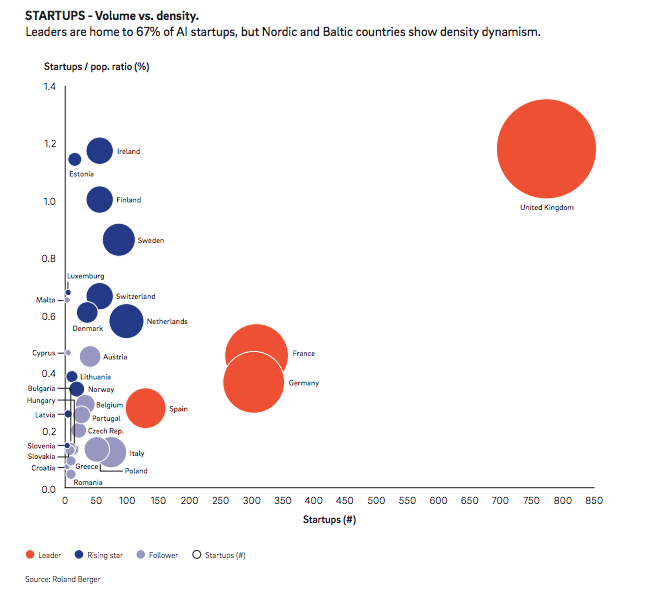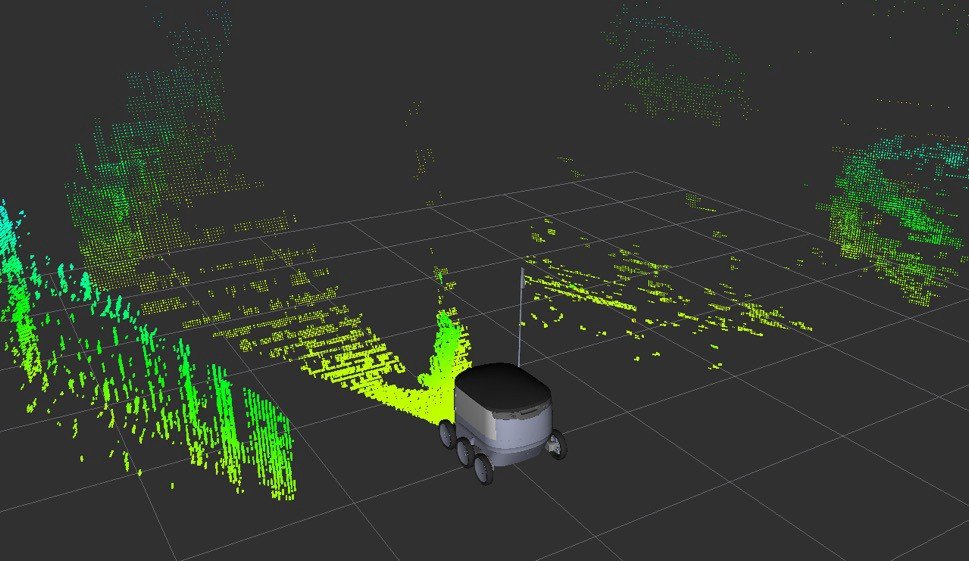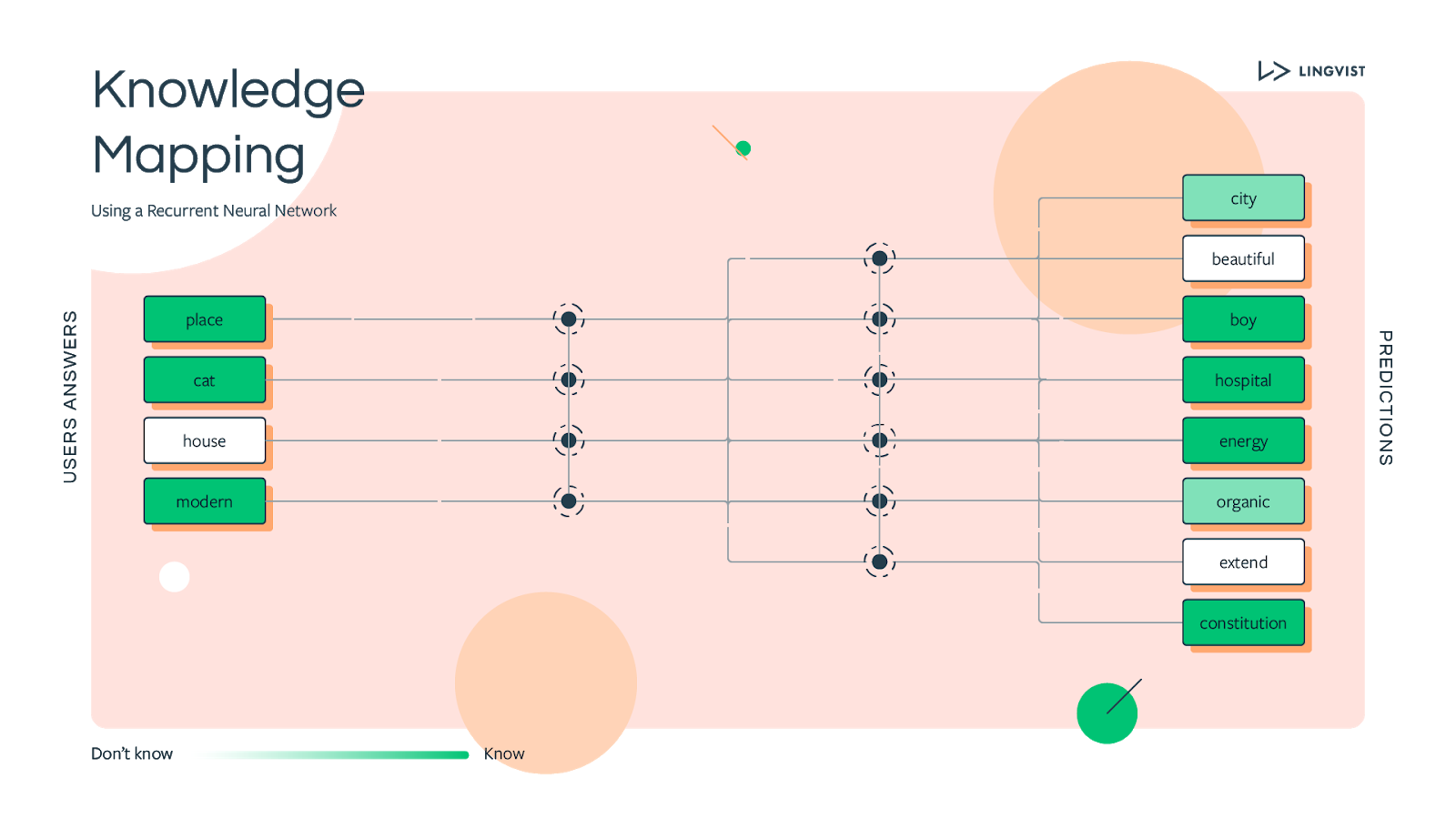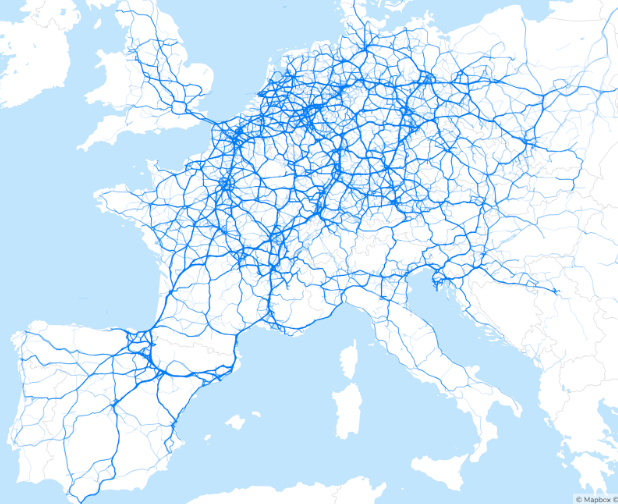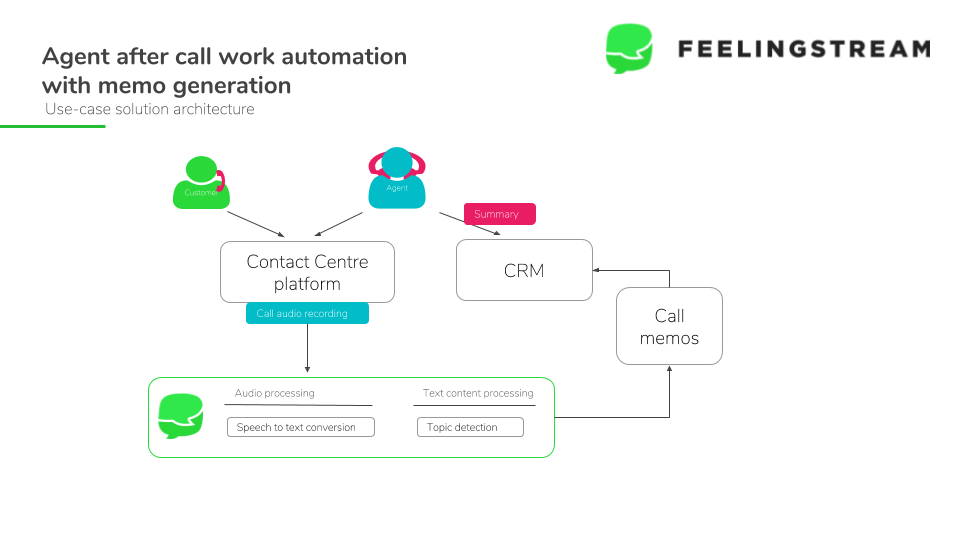Artificial intelligence is taking the world by storm; Triin Mahlakõiv analyses where Estonia stands in the AI ecosystem and whether the Estonian businesses are ready for AI.
We know tech giants like Amazon, Baidu, Facebook and Google have AI advantages like collecting enormous amounts of data, access to top talent, huge investments in research and development, over smaller companies. However, the possibilities offered by AI are not reserved only for the largest companies and biggest economies.
Estonia is looking for ways how to attract international talent and investments; and on the other hand, its small size with limited resources requires the public administration and government to work efficiently. No wonder that in Estonia, both the government and companies have noticed the potential of AI technologies to solve these current demographic and economic challenges, as the impact of AI on GDP in the Nordics alone is expected to be considerable: 9.9% of GDP (1.8 trillion).
Where does Estonia stand today in terms of AI readiness?
There is a large spread of AI readiness in Europe, but even the most advanced countries are lagging the US in AI frontier. Yet, Europe’s ability to capture the full potential of AI varies significantly among countries. According to the mapping of Europe’s AI ecosystem, four countries stand out as dominant players – UK, France, Germany and Spain – and are known to have most vibrant and mature AI landscapes in Europe.
According to a study by Roland Berger and France Digitale, Estonia has excellent prerequisites for benefiting from the application of artificial intelligence and is becoming influential AI player in Europe.
Whereas EU leaders of AI application are home to 67% of AI startups, Estonia with other Nordic and Baltic countries shows density dynamism – ie high number of startups per population size.
Compared with dominant players and other governments working on their AI strategies, Estonia sees its strength as an AI implementation leader for startups and AI applications.
For example, by 2020, the Estonian government is aiming to have launched 50 different AI applications in public services and the country’s most well-known scaleups (Taxify, TransferWise, Pipedrive) as well as early stage AI-powered startups (Sixfold, AlphaBlues, Feelingstream) have turned to data and machine learning to maximise their product delivery.
At the same time, Estonia doesn’t let the AI frenzy and need to speedy implementation of AI compromise data privacy and safety. Estonia plans to keep AI applications safe for its people and for the protection of private data. Estonia wishes to be the place where AI applications are developed in accordance with privacy and safety requirements.
The era of AI implementation
In his book, “AI Superpowers”, technologist Kai-Fu Lee argues that “Much of the difficult but abstract work of AI research has been done, and it’s now time for entrepreneurs to roll up their sleeves and get down to the dirty work of turning algorithms into sustainable businesses”.
Which Estonian companies are riding on the implementation wave right now?
But first you might ask, what makes a startup into an “AI startup”. For this article’s purposes, we call both producers and users of artificial intelligence as “AI startups”. It’s hard to calculate the total number of startups and companies in Estonia as AI is not a single technology but consists of various elements.
We’ll examine 13 examples of AI-powered companies from early stage startups to mature scale-ups and bring out a few government AI applications that are using data and machine learning to either reshape product, automate and, on the other hand, bring out some more transformative companies who have created new business models with data.
Starship Technologies
Starship built the world’s first package delivery robot that is ready to serve you anytime, anywhere.
Starship robots are advanced devices that can carry items within a three-kilometre (two-mile) radius. Its delivery platform will launch a new era of instant, unscheduled delivery while significantly lowering the costs of shipments.
To make the robots as safe and autonomous as possible, the robots must understand where they are and what’s going on in the surrounding world – humans, cars, bicyclists, obstacles – and predict what will happen next. To make that happen, Starship built a software that processes inputs from cameras, radars and other sensors to driving decisions in real time. They also analyse historical data to understand specifically how they can improve the robot even further.
Taxify
The Estonian-born Taxify (rebranded as Bolt as of 7 March 2019 – editor) has become the world’s fastest growing unicorn with over 15 million passengers in more than 25 countries.
Taxify uses data and cutting-edge technology to understand how millions of people move around cities and utilise this insight to improve urban transport. This means close to a billion peak requests, tens of terabytes of data, billions of coordinates. The company develops real-time machine learning improving the product, operations and decision making – for example predicting drive durations, pricing the rides, optimising marketing campaigns etc.
Data science and machine learning help Taxify predict passengers’ demand to have the right amount of vehicles available at any time at any place, calculate the price up front and improve the efficiency by helping riders find optimal pickup locations based on millions of previously completed trips in the city and then generating the best routes for drivers to reach those points based on a dynamic, weighted city graph. These are just some of the examples of their data-driven solutions.
TransferWise
TransferWise is a financial company for people and businesses that travel, live and work internationally. It claims to be the fairest, easiest way to manage your money across borders.
TransferWise customers transfer more than £3 billion every month, where each transfer is instantly scored by multiple machine learning models. Machine learning is used in many domains throughout its business. Examples include detecting fraudulent behaviour and money laundering attempts, optimising business processes to reduce costs and predicting all kinds of customer behaviour to fuel company’s growth.
Veriff
Veriff is online identity verification with superpowers. Whether you’re offering your home to rent, hailing a taxi driver or a buying online – the people you trust with your home, safety, or property can be verified by the company safely and seamlessly in seconds.
Core applications of machine learning in Veriff are for automation and fraud detection: from finding documents in images to reading out all the data to detecting many different types of fraud attempts. There are over 3,200 different document types issued in the world, which makes automation of a product a real challenge.
A verification’s journey goes through several steps. Each step in this journey needs to be done automatically for the best customer experience and lowest cost, though without sacrificing quality. The machine learning team at Veriff does just that: makes decisions automatically when they can be, and delegates to human eyes when a more thorough examination is needed.
Monese
Estonian Norris Koppel launched neo-banking company Monese as Britain’s first mobile-only bank in 2015. Rather than targeting millennials or early adopters, as Monzo and Starling Bank later would, Monese did things differently. Monese lets expats (or anyone) open a UK bank account in a matter of moments without needing a UK address, something no major high street bank would do at the time.
The main focus of AI in Monese is safety. As a responsible company, Monese wants to protect their customers against financial fraud and minimise the risk of illegal transactions. In order to do that accurately, they’ve built intelligent computer systems that analyse customers’ profile data, transaction sequences, and social connections. Using AI to detect fraudulent transactions has had a great positive impact to their business.
Besides safety, Monese also uses AI to automatically analyse document scans during customer on-boarding process. First, the quality of the scan is evaluated, then the original image is enhanced, and lastly, the important text fields are read from the scanned document. In the future, the company plans to develop our own algorithms for matching document pictures with video selfie images in order to detect fake ID-s and fight identity theft.
Pipedrive
Pipedrive is a sales CRM tool that began as a tiny startup in a garage in Estonia in 2010. Now, the company has expanded globally with over 75,000 customers in over 170 countries.
Pipedrive uses AI both for its business needs and for the purposes of helping customers forecast their sales success. Pipedrive established a dedicated AI team for these purposes. For example, they know how likely their potential trial customers will convert to paying customers based on the activities they performed in Pipedrive. Additionally, they have built a churn model that predicts if a customer is about to stop using Pipedrive software.
Both models produce actionable insights for sales and marketing teams, allowing them to engage better with customers. For customers, Pipedrive is implementing AI based solutions to forecast their sales success and revenue. Since sales is largely based on communication, they are working now on utilising AI methods to extract insights and boost the efficiency.
Lingvist
Lingvist was designed by an Estonian nuclear physicist to drastically reduce the amount of time it takes to learn a language. It is building technology to make learning 10 times faster using machine learning. Its first step has been to apply the technology to language learning.
Lingvist is using AI to model what’s happening in people’s brains while they’re learning, how their memory works, how they learn and forget things, how they create patterns to use their knowledge efficiently. Lingvist’s advanced machine learning algorithm learns which words you need to practice and when it’s time for a new word. Each person’s experience is completely different.
AI helps us understand what people know and don’t know without asking them directly. It helps make the learning content very personal and match very precisely the user’s level. Lingvist calls it knowledge mapping technology and its goal is to empower every person to learn more, faster and smarter.
Sixfold
Sixfold helps some of the largest producers in the world have real time visibility over their shipments. For each such shipper, Sixfold tracks thousands of trucks belonging to hundreds of different carriers and combines it into a single actionable data stream. Sixfold keeps both shippers and their end customers continuously informed – detects the statuses of each shipment, predicts delivery ETAs and alerts about upcoming delays and other problems.
Sixfold uses data science to build solutions for inferring useful information from dozens of real-time data sources, such as determining the current status of shipments and predicting the resting behaviour of truck drivers.
Feelingstream
Feelingstream is an enterprise SaaS platform that helps sales managers catch signals of sales potential from existing customer conversations including calls, web requests, support tickets, emails, chat etc, and convert them into new sales leads. They analyse voice and textual data for near real-time actions or suggestions to employees.
Large service providers (like banks, telecoms, transportation, utility etc) can use this information to increase retention rate and sales results. Feelingstream has developed a unique platform for Nordic languages that uses AI to predict sales potential and churn risk from customer service.
Timbeter
Although timber is cut using state of the art machinery and hardware, then measuring and managing timber is something that is still in the Middle Ages. Timbeter provides a solution that allows you to measure timber quickly and accurately with the help of smart device and manage all data in digital form. Timbeter uses photo-optical detection to measure the log count, volume and diameter of each log that is the most important information for the supply chain management.
Timbeter has collected and is continuously collecting data from the timber industry and existing clients. That data is used to teach the machine how to detect logs. Through the machine-learned data, it implements artificial intelligence to measure the logs on the picture.
North Star AI
In order to support AI implementation in organisations and businesses, Estonian leading AI experts launched the independent non-profit North Star AI in 2017. They gathered together the leading technology companies in the world and Northern Europe to kick-start the road to the highest quality technical event in machine learning in the world to take place in Tallinn each year in March.
The goal is to stimulate AI adoption in the region and educate the population to understand the opportunities offered by AI and provide them with necessary skills to partner with machines. By bringing together practitioners of AI and focusing on the real-world application of data science and machine learning, North Star AI intends to lower entry barriers to developers, engineers, CTO-s, data-driven startup founders and product managers.
AlphaBlues
AlphaBlues is developing virtual customer assistants to help banks and telecoms provide customer support chat on their website 24/7 with our product that understands human language. The company is one of the first to have fully integrated AI virtual assistants and live chat seamlessly into a coherent solution.
A proprietary in-house developed natural language processing engine and virtual assistant platform is bundled with a live chat product for human agents. This enables to fully automate customer journey into one flow – from website visit with a virtual assistant to a chat with a human agent. The GDPR-compliant solution also enables building voice operated virtual assistants. The solution is already used by several banks and telecom companies.
Proekspert
Proekspert is the prominent provider of full industrial IT solution in Estonia. In industrial setting, the data science is falling into three broad categories: production optimisation, advanced solutions for maintenance and product improvement and quality.
However, in order to do any of those three, the data architecture supporting the production and products must be sound. Therefore, as a very first step, Proekspert provides support for customers to get their data collection done right. Only after that they will provide the following capabilities:
- Production optimisation essentially means better planning. They use the shop floor data to provide predictive and, if conditions permit, prescriptive decision support about the production flow on the shop floor. The cycle times for discrete manufacturing, especially in highly diversified product mix settings, have high degrees of interdependencies and patterns that go beyond the capacities of classical production managers’ toolkits such as spreadsheets. Instead they use modelling techniques such as gradient boosted trees to identify those patterns and provide actionable insight for more accurate planning.
- Equipment failures and downtimes are obvious drivers for production costs. From the data gathered from the equipment they identify the parts, assemblies or full equipment sets that are experiencing degradation or otherwise abnormal behaviour. That is turned into a probability model for equipment failure and MTBF times, which in turn is used as an input for maintenance scheduling. The data that we monitor tends to meet the criteria of Big Data with high velocity (vibration data), volume (multidimensional time series) and variety (vibrations versus text logs from test equipment).
- Product and quality improvement. In situations where the equipment produced has been already deployed to a customer and collecting data, Proekspert provides insight support for the manufacturer on how the equipment is being used (eg. usage patterns), how it performs (efficiency) and how it fails. As with most AI solutions, it boils down to either pattern detection and classification, clustering or anomaly detection. These results can be used as insight for better lifecycle support planning and also as an input for engineering and design to build better products.
Government AI applications
State institutions gather large amounts of data every day and the government is improving the state’s capability to analyse public data. Ongoing cooperation between the ministry of economic affairs and Statistics Estonia will lay the foundation for real-time, practical and ethical application of data for the government as well as the private sector.
For example, AI applications can efficiently detect icy roads by analysing satellite pictures or provide better job matchings or the online tax system (e-Tax) that provides pre-calculated tax duties.
Each year, around 95% of all tax declarations in Estonia are filed electronically. Using a secure ID, a taxpayer logs onto the system, reviews their data in pre-filled forms, makes any necessary changes, and approves the declaration form. The process typically takes three to five minutes. Even one-click tax returns have been possible since 2015 – the data that is already in the system is displayed for the user along with the calculated result, then all the users must do is click on the confirmation button. All of this can take less than a minute.
Data and AI help maintain a small government
With its current developments in AI adoption in public and private sphere, Estonia has the potential to become even more influential participate in AI ecosystem in Europe.
In order to support AI application on EU levels and attract AI startups all over the world, Estonia aims to meet the standards of data availability, secure exchange of data, access to public data and AI-friendly regulations to support development of global AI applications from Estonia.
I
Cover: A woman using Taxify (rebranded as Bolt as of 7 March 2019) app in London (the image is illustrative).


